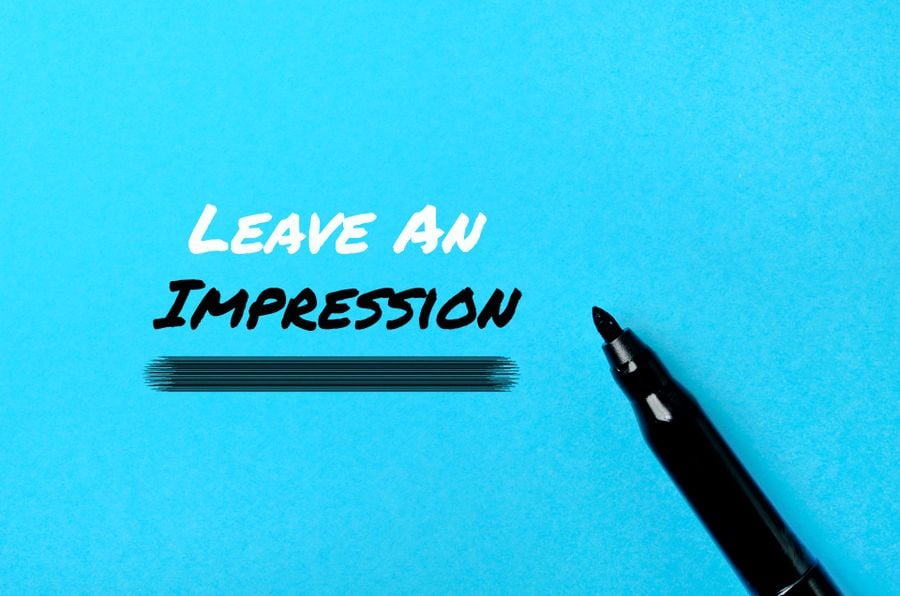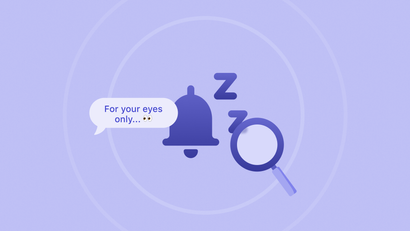Ever been in a conversation with someone who started it off with “Now don’t take this personally but…”? Chances are that whatever came after it did actually affect you personally, and if the comment didn’t pertain to your situation, you guys likely aren’t on speaking terms anymore.
Personalization in marketing practices aren’t much different. Marketing strategies have taken huge steps forward as marketing has shifted into a data-driven industry. With so much knowledge of users and customers available, companies can now direct campaigns targeted at someone’s interests, hobbies, or their search history!
Yet even with this wealth of information that’s now currently available, companies still make mistakes when it comes to personalizing messages that they use to market their products and services. In many cases, bad personalization can actually alienate users and customers because these messages aren’t relevant to that specific person.
Don’t worry though! In this blog post we’re listing out a couple different personalization mistakes that you should avoid while you’re looking to send hyper-relevant messages to your subscribers.
Sending Discounts That People Can’t Take Advantage Of
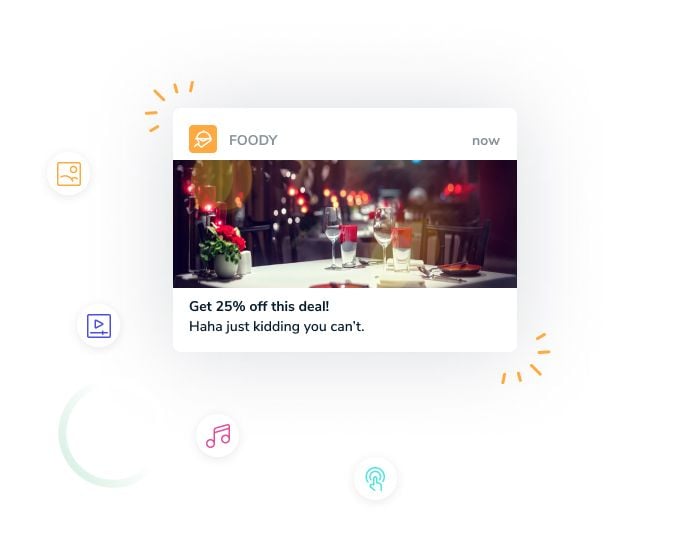
People love discounts. Saving money is something that people can boast about and share how much they were able to save to their friends and family. Because of that, sending personalized discounts and coupons to your customers is a great way to engage with them and bring them back to your site or app.
However, when sending these discounts you need to make sure that the customer you’re sending the coupon to is actually eligible for that deal.
I can’t tell you how many times I’ve gotten a push notification from pizza places around my area only for me to find out that only first-time customers are eligible. Not only does it ruin my appetite for pizza, it makes me second guess the next time I’m about to click on a deal from that pizza place.
Ruining an appetite for pizza is likely on the top 10 worst things you can do to a person.
Sending Irrelevant Messages
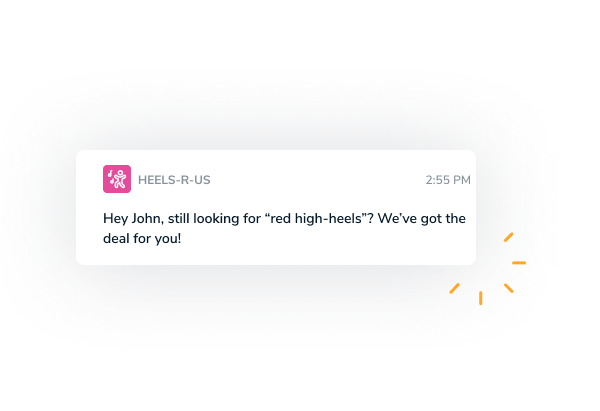
As I said before, companies these days have access to a ton of information on their customers. That being said, you have to make sure that any discount that your customers will receive is pertinent to their current situation
Don’t send customers discounts of items that they’ve viewed once or twice as those views aren’t significant enough to show that the customer is actually interested in them. It’s better to wait and see whether or not that customer has added an item to their online shopping cart and abandoned it. This event shows that they were heavily considering the purchase and might just need an extra nudge to complete it.
Also be careful when retargeting users after a purchase. Keep track of their actual purchases and how these users behave on your site. If a customer who’s a single male in his 40’s makes a one-time purchase of high heels, it’s highly likely that he just purchased it as a gift for somebody so don’t start sending him flash deals on all products related to high-heeled shoes.
Now if he purchases a couple other pairs...that’s a different story.
Getting Too Personal

With all the data that companies like Google have, they likely have sophisticated ways of targeting their audiences based on things like their search history on the site or other factors. Sometimes though, it’s probably better to leave some things alone.
If someone’s looking up answers to questions or products that they want to keep secret (like “does this mole on my back look normal?” or “hair loss products”) don’t start bombarding them with products that promote hair growth. In many cases these customers already have high-intent to purchase products or services based on what they’re looking for, and bombarding them with something that they wanted to keep to themselves might make them start googling “How to unsubscribe from notifications instead”.
Lazy Personalization
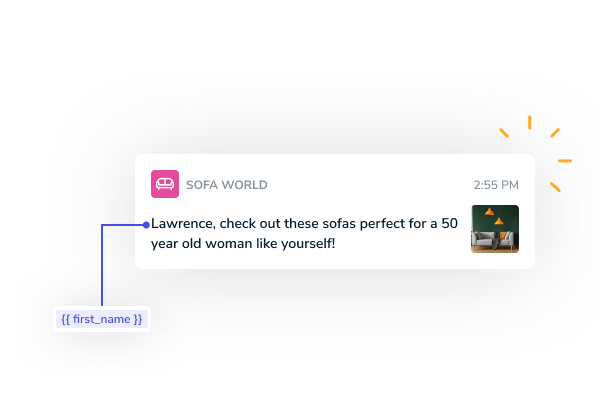
Some companies believe that personalization is all about just making sure that the target’s name is in the message that’s being sent out. They’re wrong.
Personalization isn’t just about adding someone’s name. With all the information that you have, you should be able to discern whether or not your subscribers are signing up with fake names that’ll make your emails look silly. Imagine sending a message that says “Hey Fire Dragon, we miss you!”. This takes away all the benefits of personalization since the subscriber can immediately tell that this message came from a template.
Identify what exactly sets your subscribers apart. If you take the time to find out something specific you can message your users about, it makes a world of difference for engagement and retention.
